Club Junkie
Club Junkie reviews: Ping’s new i230 irons
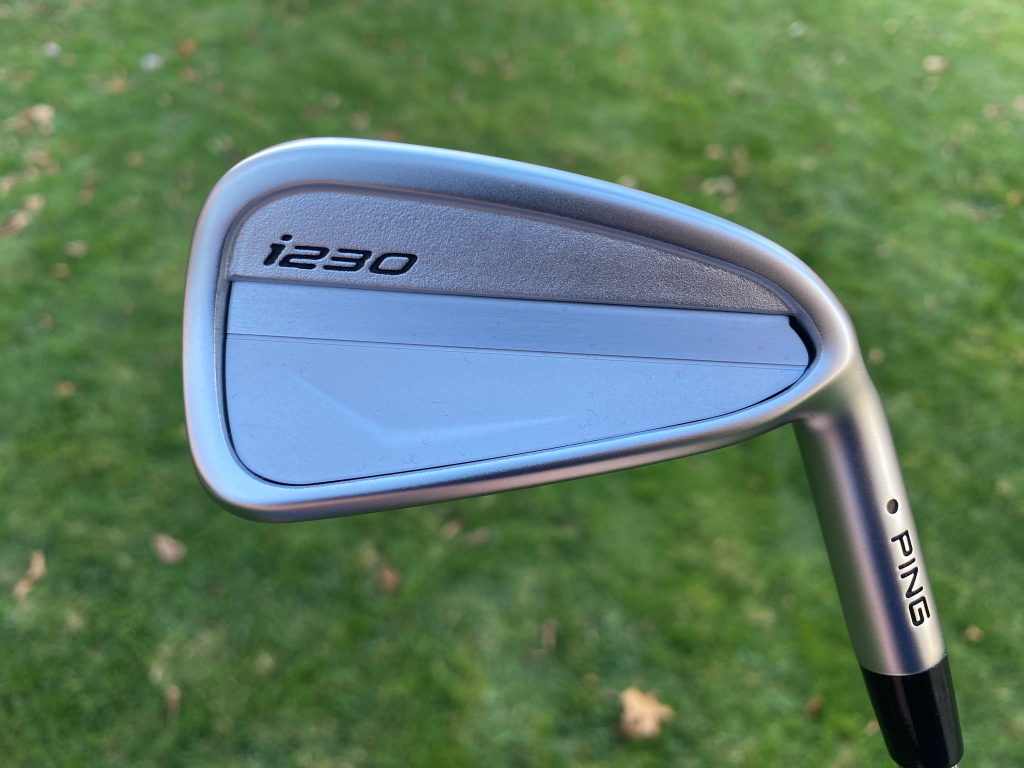
Reviewing the new Ping i210 irons was something I was very excited to do. After all the success with the i210 irons, on tour and in amateur bags, Ping had some large shoes to fill. But in the early stages of the release they seem to have filled those shoes quite nicely. For the full review listen to the Club Junkie podcast below or on your favorite podcast platform, just search GolfWRX Radio.
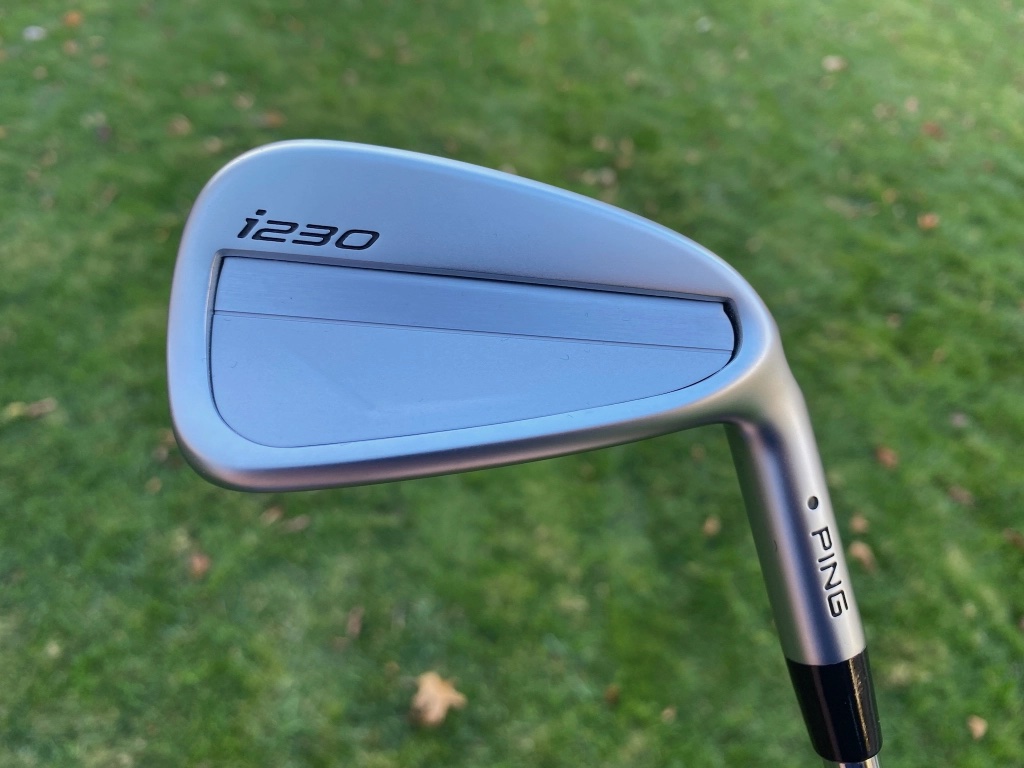
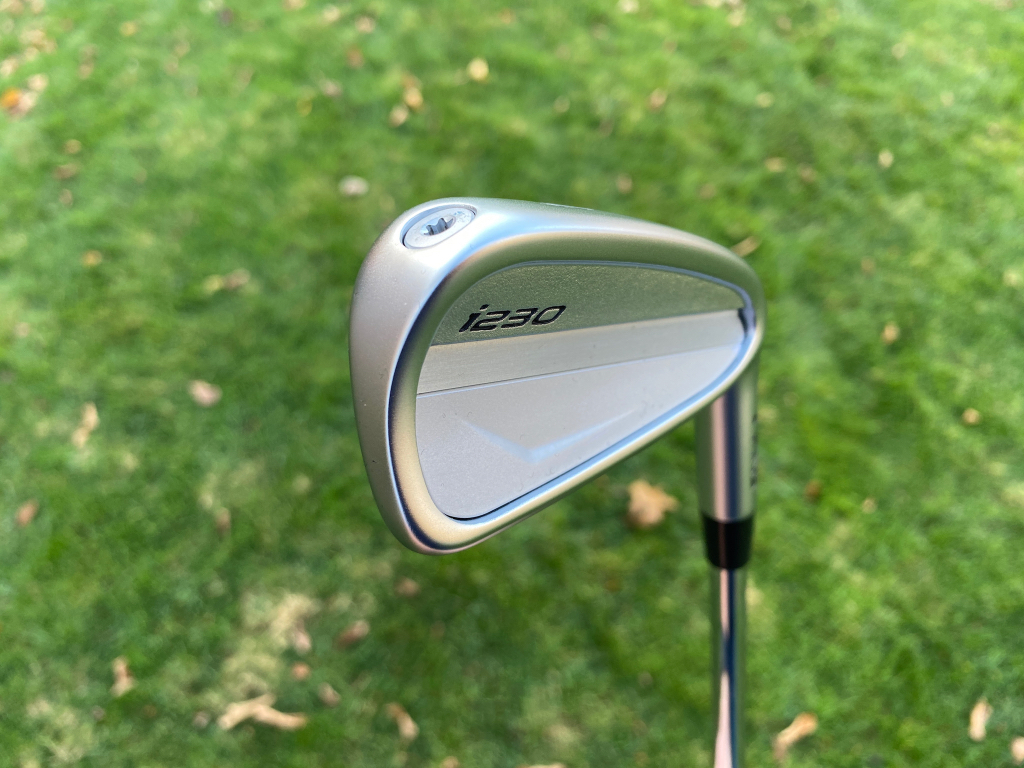
The i230 irons are engineered for distance control and tight dispersion for aspiring golfers. They aren’t as demanding as the Blueprint or i59 but offer a lower flight and more workability compared to the G425. This class of irons that the i210 is in fits my game as a barely single digit handicap who is looking for some forgiveness in a smaller package.
Out of the box the i210 looks great. The look from the back is sleek and if you didn’t look closely wouldn’t even notice the badge in the cavity. That badge is matching silver and has just a couple subtle lines in it, almost giving the look of a smaller players cavity back. The head size is a little larger than a Titleist T100s or a PXG 0311T but still looks good because Ping kept everything in proportion. The blade length is a little longer but you don’t notice it much with the slightly thicker topline and small amount of offset. To me the i230 looks like a players club that also gives you the confidence that you don’t have to strike the dead center in order to hit a solid shot.


Ping added a large elastomer insert behind the badge to dial in the sound and feel of the i230 irons and that technology seems to work. The feel is solid and responsive while still be a little firmer at impact. You can hear a little click as the club connects with the ball, but the vibration that gets to your hands in minimal and far from harsh. Responsiveness is really good and you get ample feed back on how good, or not so good, your contact on the face was.
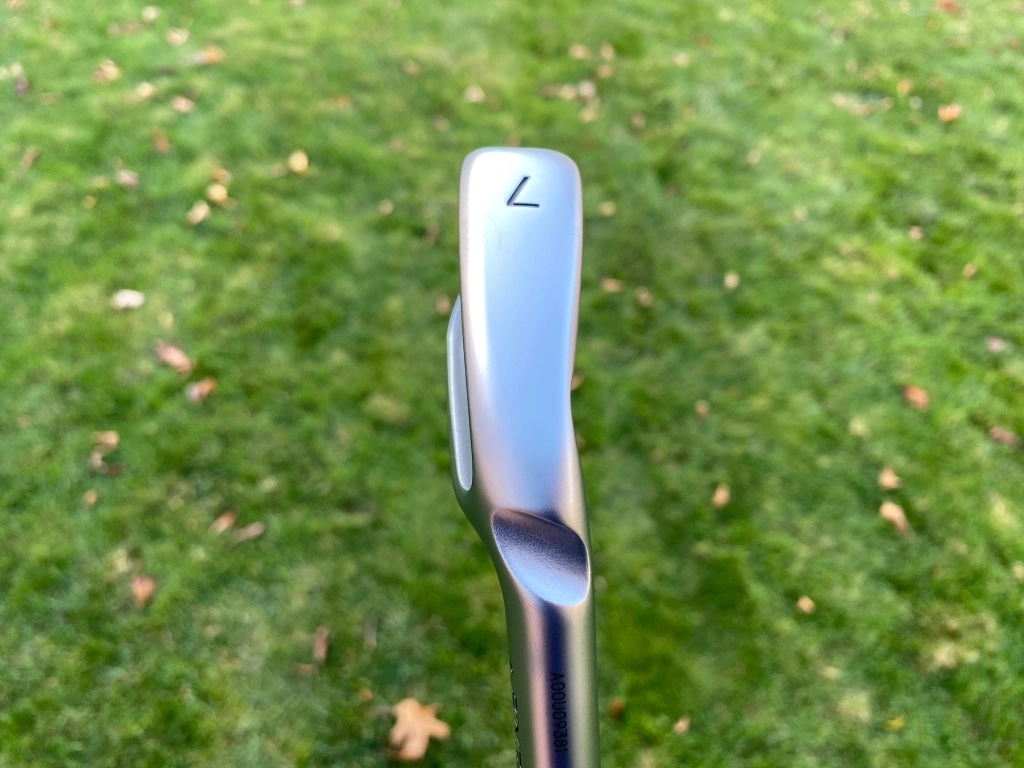

Well struck shots launch pretty easily into the air and fly with a flat apex towards your target. My expectations for the i230 were that they would be low launch and spin, but they were much more playable than that. The i230 launched almost 2 degrees higher than my PXG 0311T Gen5 irons that I have been gaming most of this year. The overall apex was also lower and flatter with the i230 cruising at 76.7 feet above the grass compared to 82.8 feet for the PXG. The i230 were very forgiving and dispersion was very tight. I felt like there was a little less left in my misses and the ball started out on a straighter path.
If I brought a terrible swing I could still get the ball to go left, but on good and decent swings shots stayed online and at the target. My miss recently has been out on the toe and the ball speed and height on shots out there were very playable. Shots that were low on the face didn’t get up as high and as fast as some other irons, but still carried a decent amount and total distance would have depended on the roll.
Ping doesn’t really jump up and down to say that the i230 are wildly long but they added about 2 yards compared to my gamer irons. They also spun about 300 RPM more than the 0311T irons but still produced a really boring trajectory, even into a pretty strong wind. There was no rise or ballooning of any sort, even with shots that had some fade to them.
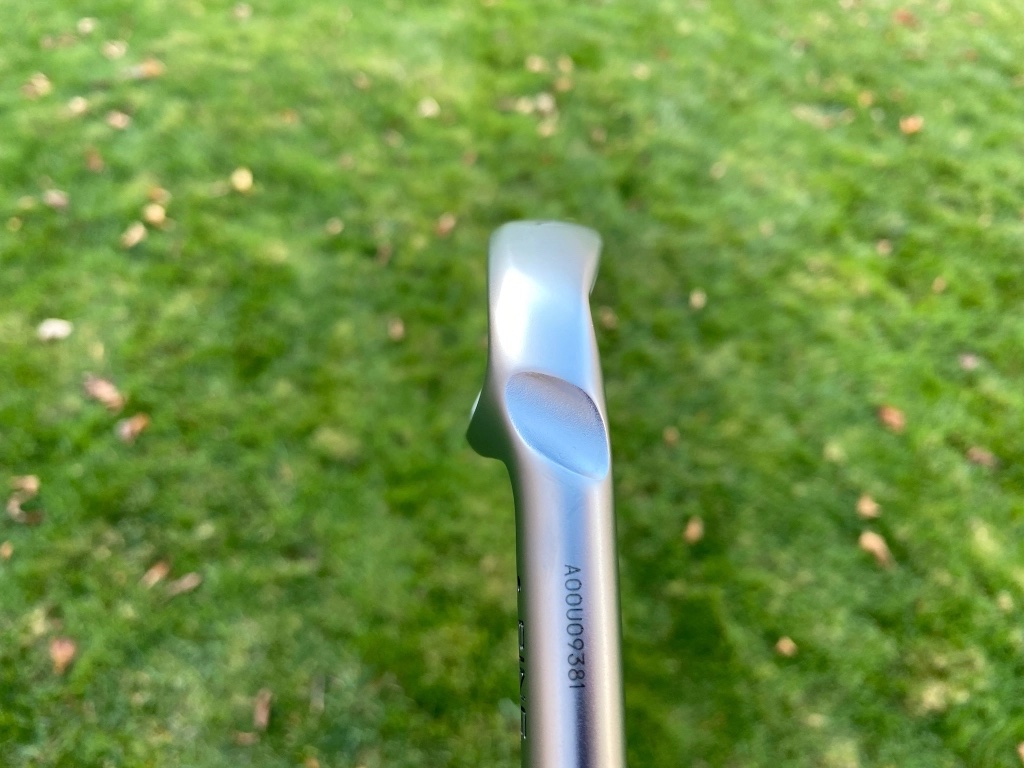
Overall the new Ping i230 irons are really good and we should see them in a lot of bags. The lower launch, distance control, and forgiveness will open these up to a wide range of players and provide excellent performance.
- LIKE125
- LEGIT19
- WOW11
- LOL1
- IDHT4
- FLOP6
- OB2
- SHANK8
Club Junkie
Club Junkie Review: Cobra’s new King Tour irons
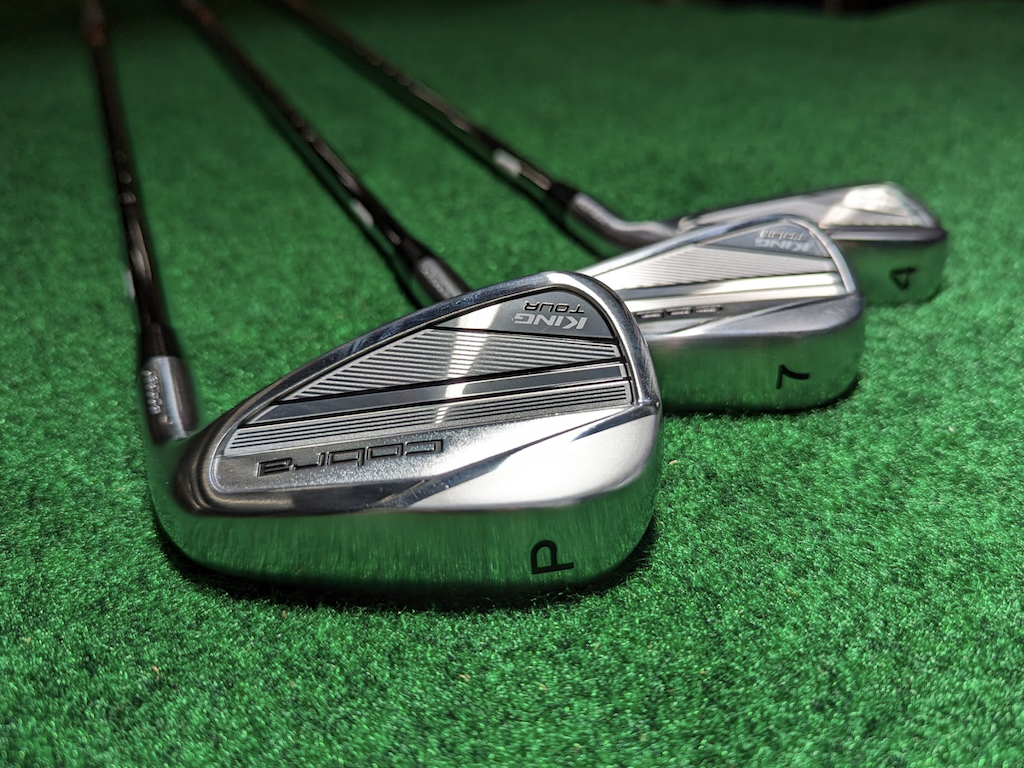
The Cobra King Tour irons have been proven on the PGA Tour already and will be in bags of better amateur players this year. The previous King Tour MIM irons were very underrated and offered great precision with a solid shape that many players liked. Cobra went away from the Metal Injection Molded construction and went with a five-step forging process for soft and solid feel.
Make sure to check out the full podcast review at the links below and search GolfWRX Radio on every podcast platform.
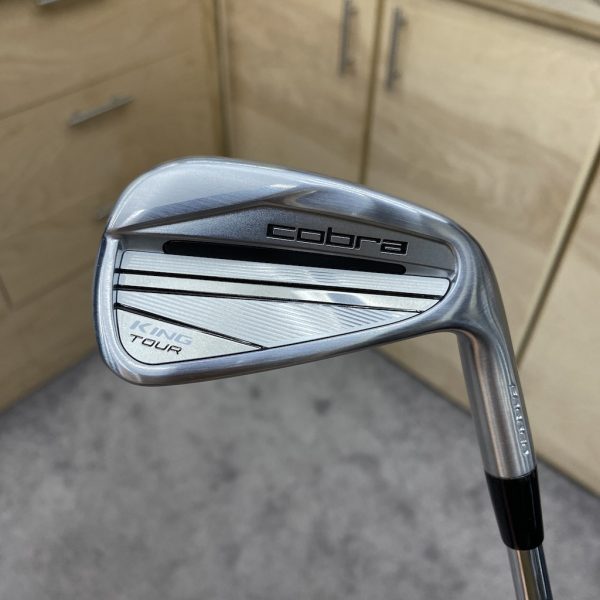
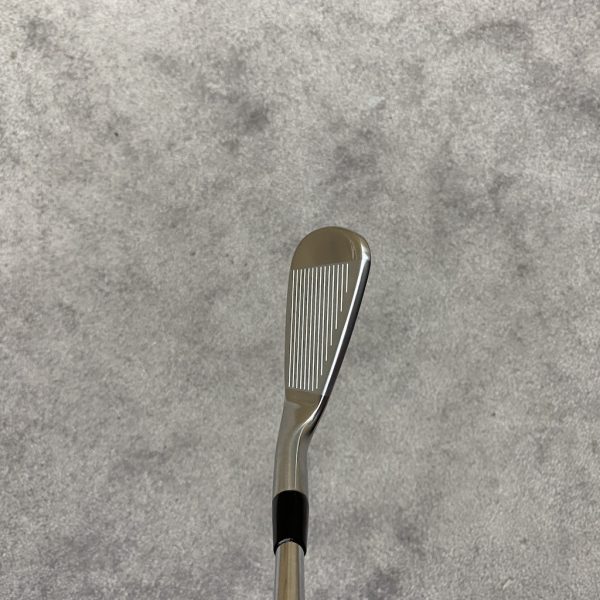
I was a big fan of the previous Tour MIM irons and played them in rotation throughout the last two years. Out of the box, I was impressed with the more simple and clean look of the badging on the new King Tour. Badging is mostly silver with just small black accents that should appeal to even the pickiest golfers. I didn’t notice the shorter blade length in the new irons but did notice that the leading edge is just slightly more rounded. Topline is thin, but not razor thin, but still has enough there to give you the confidence that you don’t have to hit it on the dead center every shot.
Feel is solid and soft with just a slight click to the thud on well struck shots while mishits are met with a little more sound and vibration to the hands.
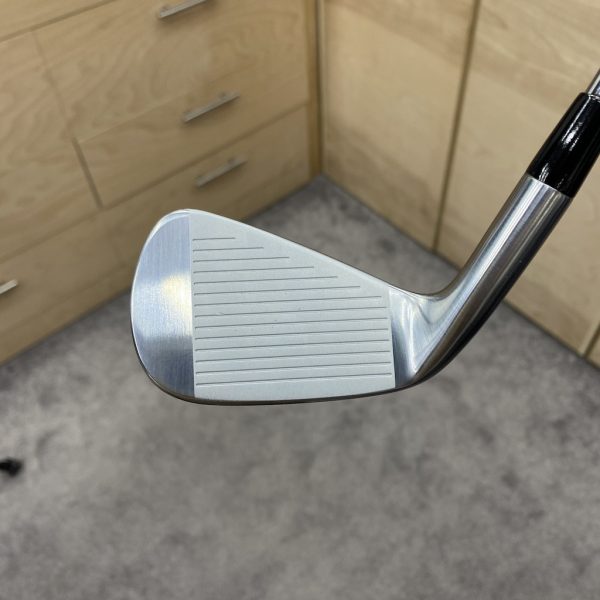
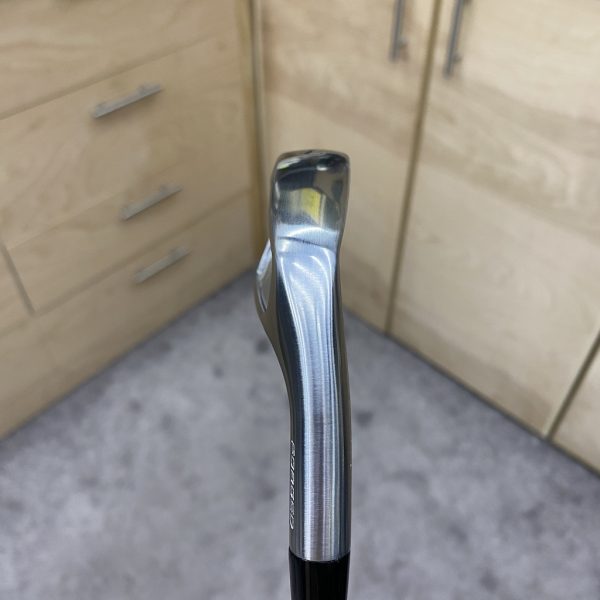
These King Tour irons are built to be cannons and place more emphasis on consistent and precise shots. I also felt like the new irons launch easily and maybe a touch higher than some irons in the same category.
My launch monitor showed my 7 iron with an average launch angle of 22 degrees and spin right around 5,800 with a Project X LZ 6.0 stock shaft. Ball speed isn’t the ultimate focus of this iron but it did well with an average around 108mph and the iron was able to keep the speed up well when you didn’t strike the center. You will still see a drop off in speed and distance when you miss the center, but you don’t have to be Navy SEAL sniper accurate on the face to achieve a good shot. Dispersion was very tight, and while there are bigger irons with more forgiveness, this players cavity still allows good playability when you aren’t bringing your A-plus game to the course.
Cobra lists the King Tour as an iron for a Tour level player up to a 7 handicap and I think this iron could see the bags of more golfers than that. I am a 9.4 handicap, and I felt more than comfortable playing this iron even on less than perfect days.
- LIKE14
- LEGIT4
- WOW2
- LOL0
- IDHT0
- FLOP0
- OB0
- SHANK0
Club Junkie
Club Junkie Review: TaylorMade Stealth 2 drivers
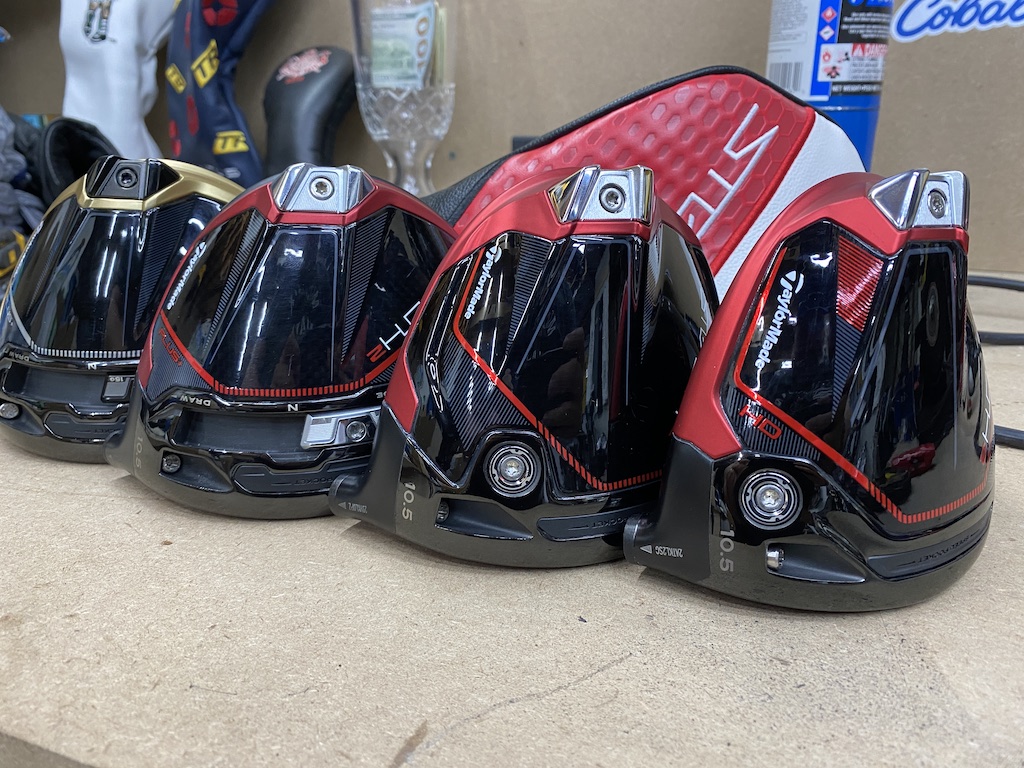
The TaylorMade Stealth 2 drivers still have red carbon faces, but that isn’t the only carbon fiber in the head. The heads now only have titanium to support the face and connect the shaft. The rest of the driver head is made from carbon fiber and carbon composite. This allows the talented TaylorMade engineers to move more weight around and add more forgiveness to a very long driver.
Like last year there are three flavors to cover every driver need: Stealth 2, Stealth 2 Plus, and the Stealth 2 HD.
For a more detailed review, please take a listen to the Club Junkie below or on any podcast platform. Just search GolfWRX Radio.
Stealth 2 Plus
I typically like the bigger and more forgiving drivers, but this ended up being the one I hit the best. My miss is a low-left hook that comes from some swing flaws, and it was a shot I saw too many times with last year’s Stealth. My first time on the range, I noticed that shot would actually launch a little higher, stay in the air better, and not go as hard left.
The Plus might be the lowest-launching of the three, but it is still easy to elevate off the tee and produces flat, boring drives. I averaged a launch of 11.1 degrees in a 10.5-degree head with a Fujikura Ventus TR Red shaft. Spin was also the lowest and averaged 2,874 RPM, but the bigger part of that number is how the spin variation from center strikes to off center is very low. Only a few hundred RPM separated the highest and lowest spinning shots.
The Plus also offered the least draw out of the group with a very straight ball flight and even a few shots that went a hair to the right.
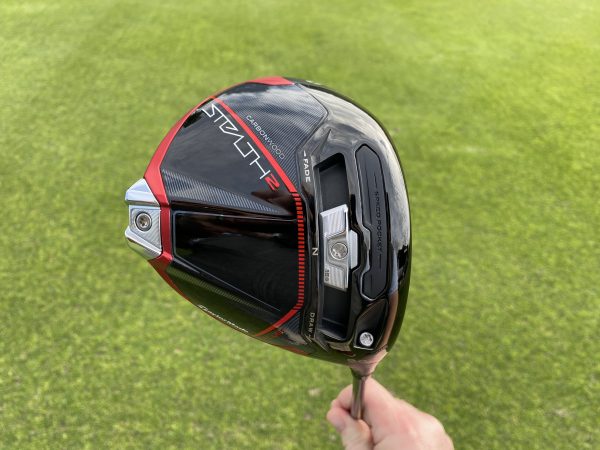
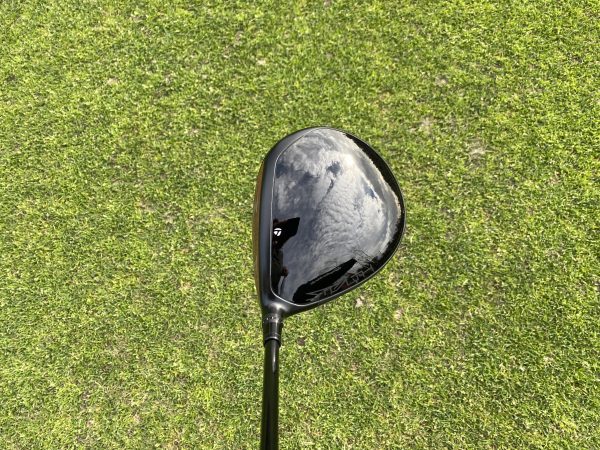
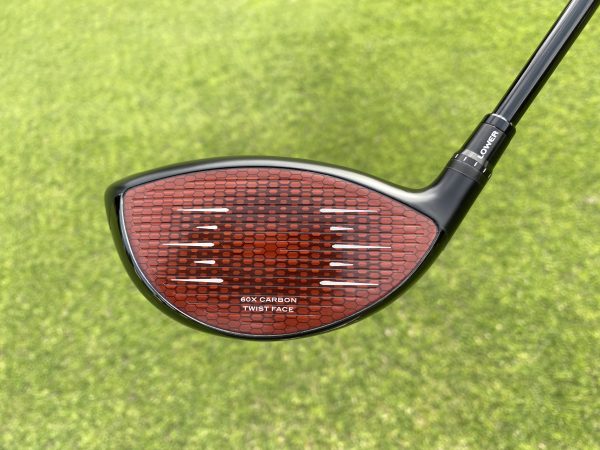
Stealth 2
This the bread-and-butter driver option offering hefty amounts of forgiveness and is easy to launch while offering low spin. This is the model that should launch and spin in-between the other two, but it actually ended up being the lowest launching for me. It wasn’t by much, but I had an average launch of 10.2 degrees with a 10.5-degree head and the same shaft as the Stealth 2 Plus. The spin was a little higher but only by a very small margin, as I averaged 2,917 RPMs.
For most players the nice thing about the Stealth 2 is that it seems a little easier to square up and turn over at impact. I saw a little more draw in the shots and the starting line was more straight to just slightly left. Like the Plus, I was pleased with the face that my miss off the high toe launched a little higher and stayed in the air a bit longer for a more playable shot.
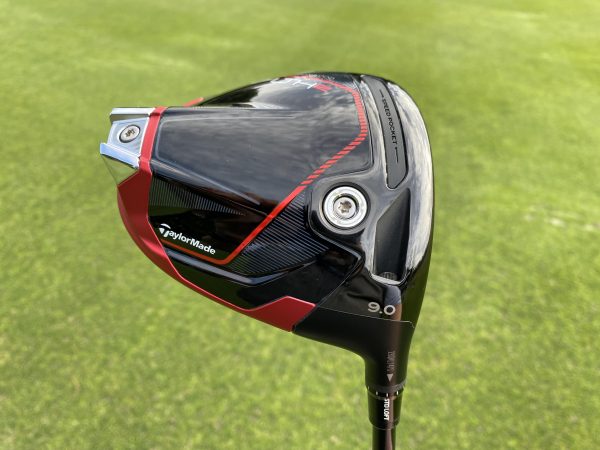
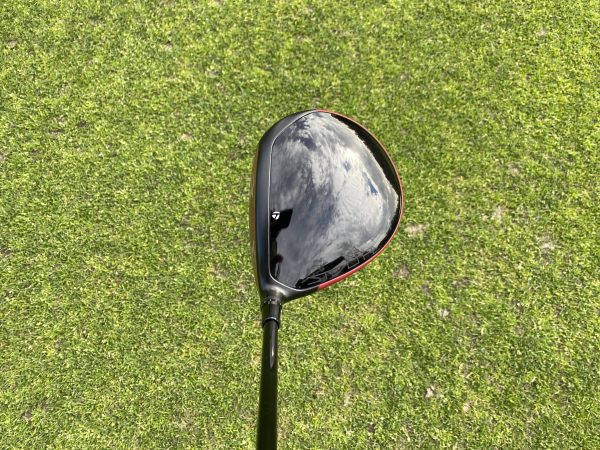
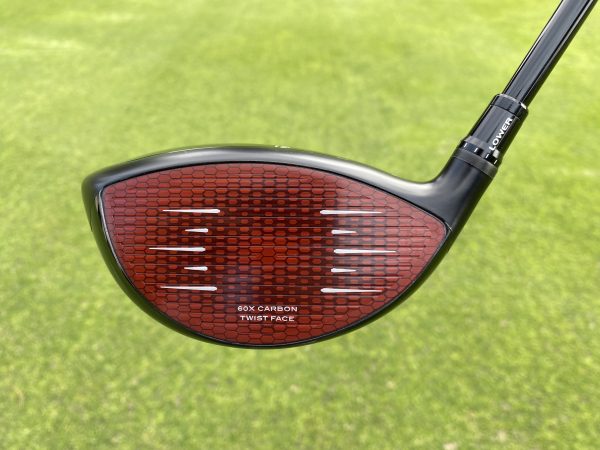
Stealth 2 HD
I was actually the most excited to try this head because of how it looks. Most higher launching, draw-bias drivers sit very closed, and I don’t love that look. First time I set the HD down I was impressed that it looked square and a little larger, mostly from the visible red Carbon Composite Ring around the back. The HD also has a slightly shorter hosel that makes the driver play 1/4 inch shorter than the other two.
The HD did launch the highest at 11.5 degrees and spun the most, 3,105 RPM, out of the three Stealth 2 models. Those numbers still don’t sound like a high launching, spinny driver to me. The HD was the easiest of the Stealth models to turn over and really took away any shots to the right and any fade that I could have hit with the Plus. Off-center hits held up with solid ball speed and the added forgiveness in the head kept most shots online.
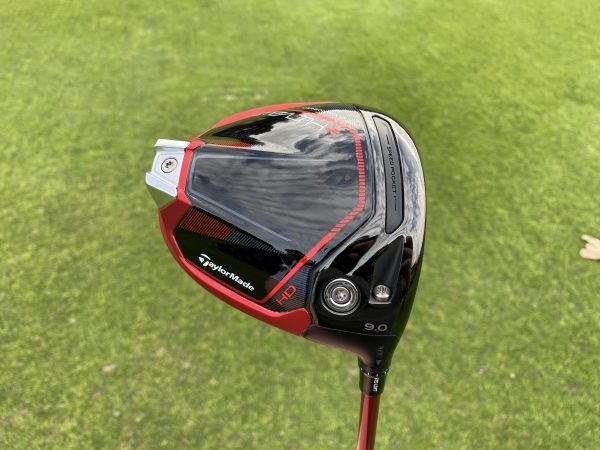
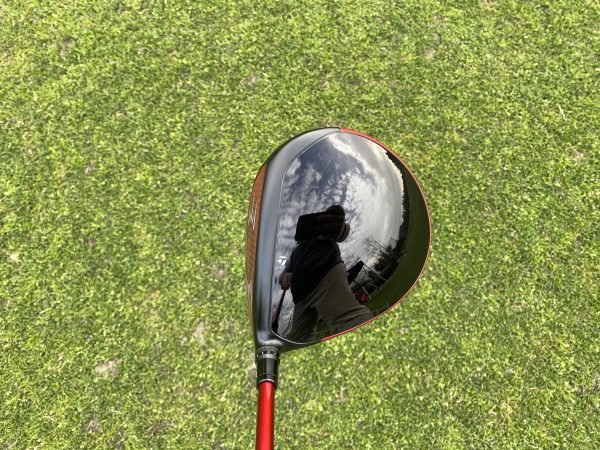
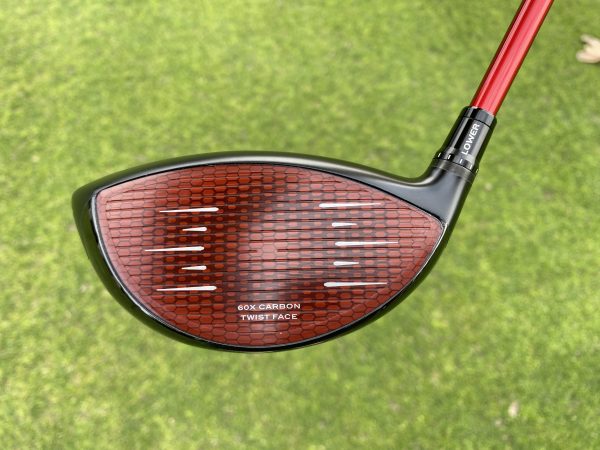
TaylorMade’s Stealth 2 line of drivers mixes distance with added forgiveness this year to really help golfers of all levels. Each model can cover a wide array of golfer abilities and the better players will still like the confident look from address. If you are looking to add a new driver to your bag this year, the Stealth 2 line is worth swinging.
- LIKE20
- LEGIT1
- WOW4
- LOL2
- IDHT0
- FLOP2
- OB1
- SHANK3
Club Junkie
Club Junkie Review: Vega Golf VDC and Mizar Tour irons
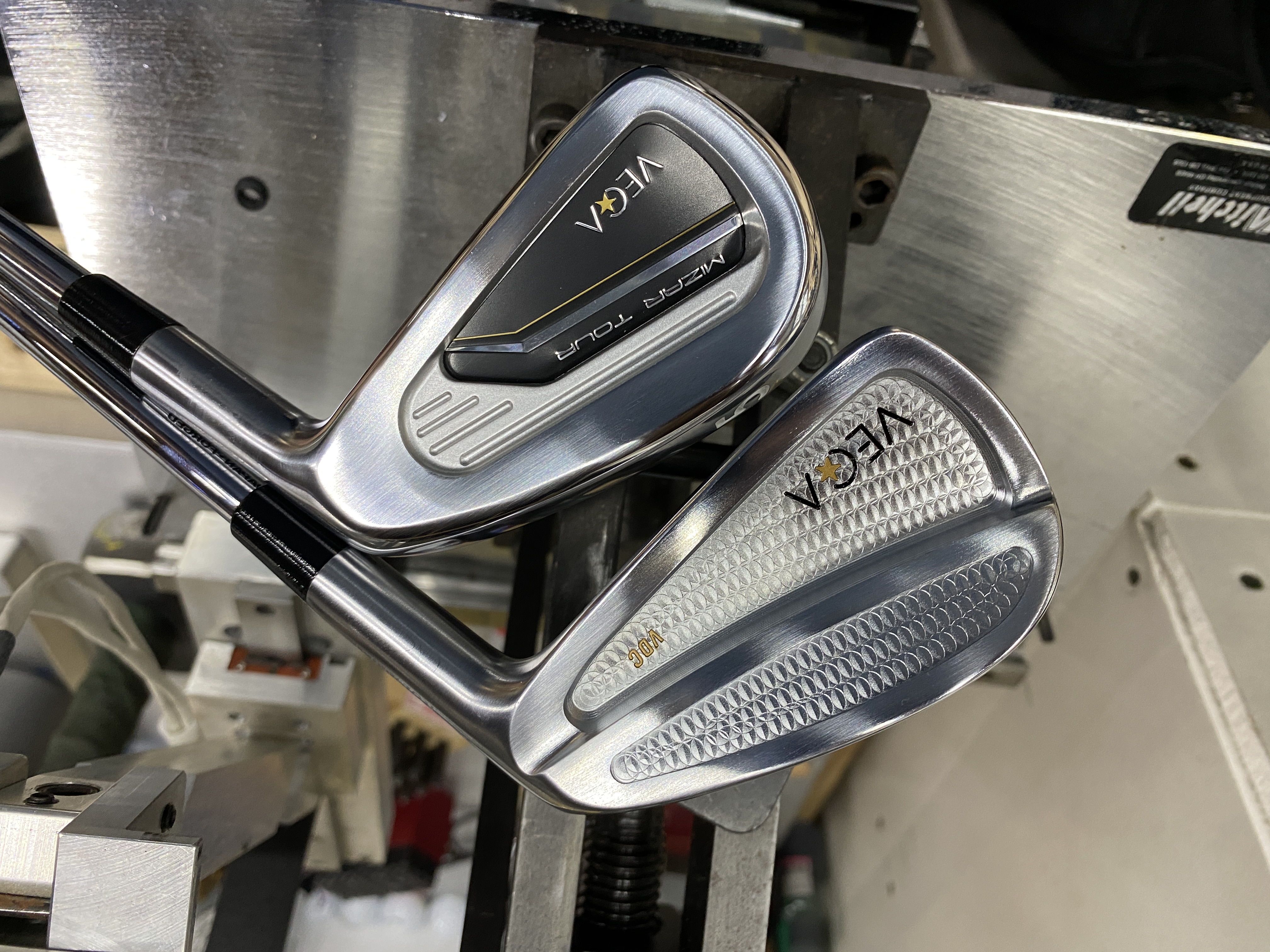
You may not have heard of Vega Golf, but the company has been making golf clubs for quite some time in Japan. Vega is known for their expertise in forging metal and the great feel their irons offer. This week I get to talk about different irons in their lineup and how they performed for me. For a more detailed review, please take a listen to the Club Junkie below or on any podcast platform. Just search GolfWRX Radio.
Star Line: Mizar Tour
The Mizar Tour is a compact players distance iron that is packed with technology. Wheres a lot of multi-piece irons just have a forged face, the entire body of the Mizar Tour is forged from S25c steel. The face is crafted from a high strength maraging steel and only 3.5mm thick for added ball speed.
Out of the box, the Mizar Tour look good with a lightly satin chrome finish and small black badge in the cavity. The irons look compact, with a thin sole, and you would not think it is made from multiple pieces. If you are a fan of less offset, the Mizar Tour is going to fit your eye really well as even the long irons have almost none. These irons might have the lest amount of offset I have seen in a retail iron that isn’t a blade. The shape is a little softer and more rounded than the VDC irons.
Hitting balls with the Mizar Tour is really pleasant, and as you would think, you get a very soft feel upon impact. Even off center shots have a good feel to them but with a little added vibration for feedback. The ball flight is mid/high and the irons are easy to launch off the turf. The long irons, like the 4, are a little intimidating because of the compact look and almost no offset. The longer irons are still pretty easy to launch and much more playable than you would expect.
The nice thing about the Mizar Tour is that when you miss that thin face allows you to still get minimal drop off in distance. Shots also stayed online better than I expected with these irons. Heel strikes and shots low on the face carried very well and online where you noticed a little more distance loss when you struck the ball on the toe. I love the players distance irons that allow players like myself to play a more compact iron without sacrificing performance.
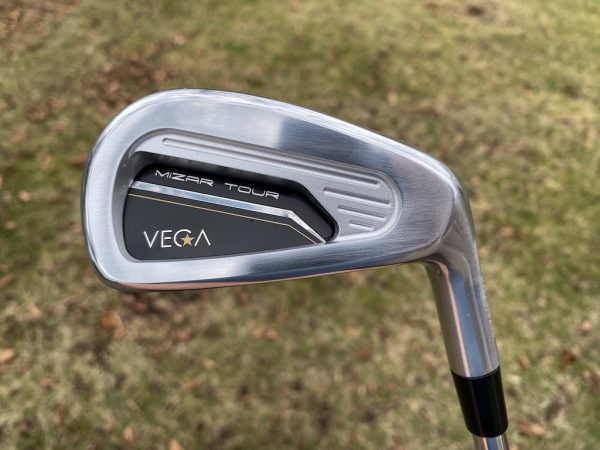
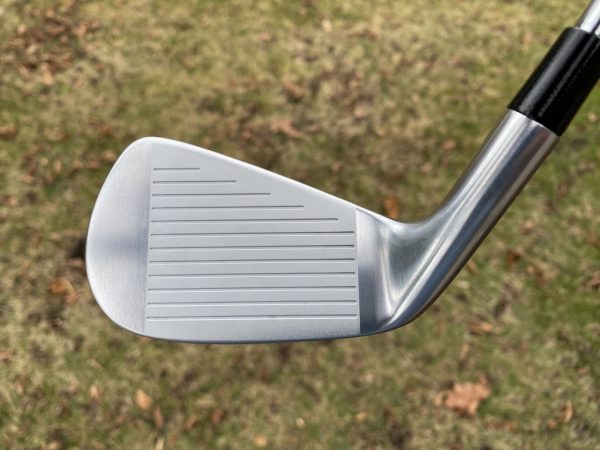
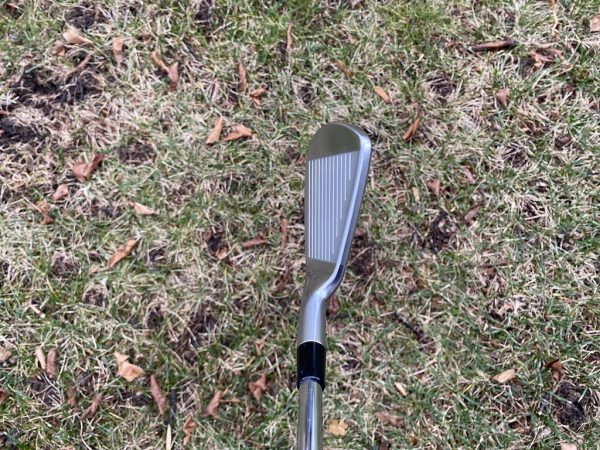
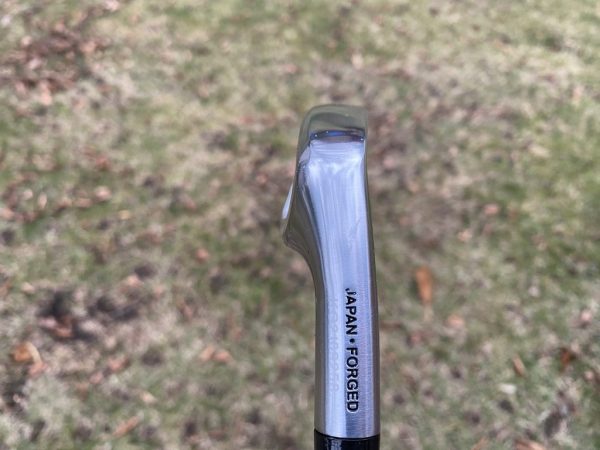
Classic Line: VDC
The VDC shows off its fantastic milling work on the back side with dual cavities that allow Vega to adjust the CG higher on the irons for the perfect players cavity set. The irons look great with a slightly more square toe and edgier look to them than the Mizar line. The blade length is a little longer from heel to toe while still giving a traditional compact look. Faces on all the irons are micro-milled as well for precision shots and distance control. The sole is narrow and has a pre-worn leading edge for improved turf interaction. These irons again have very little offset, with maybe just a hair more than the Mizar set. Overall the shape is very proportionate and discerning players should be confident standing over them.
Feel on the VDC irons is wildly soft, making two-piece range balls feel soft. Shots struck in the center are met with a solid “thud” sound and that feeling of did you even make contact with the ball. While the face didn’t give you the sense of ball exploding off the face, the VDC provided solid distance and an ability to work the ball in any direction. The ball flight was more mid launching with a noticeably flatter trajectory than the Mizar.
If you are a player that likes to shape shots, the VDC will allow you to not only go right and left, but also allow you to pick your trajectory and really dial in those touch shots. The VDC is a little more demanding when it comes to forgiveness, and you will notice more of a distance drop off when you get away from the center of the face. The shots hit near the heel kept that solid and soft feel where the shots out on the toe and low are met with a little added vibration and click. Nothing is harsh, even in the cold weather I was hitting in and that responsiveness should help those feel players.
The VDC is a high-end players cavity iron set that offers great, soft feel that you would expect with precision shot making.
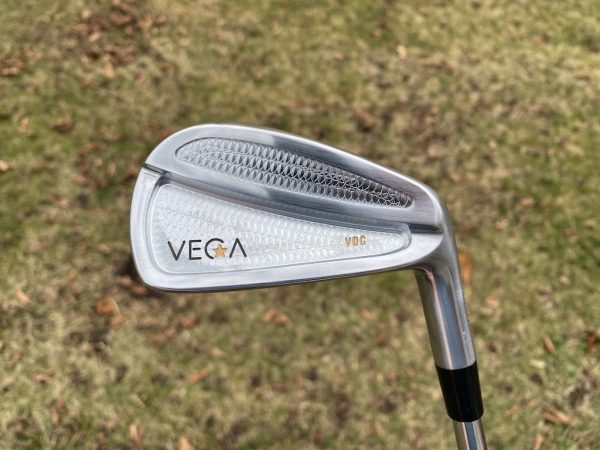
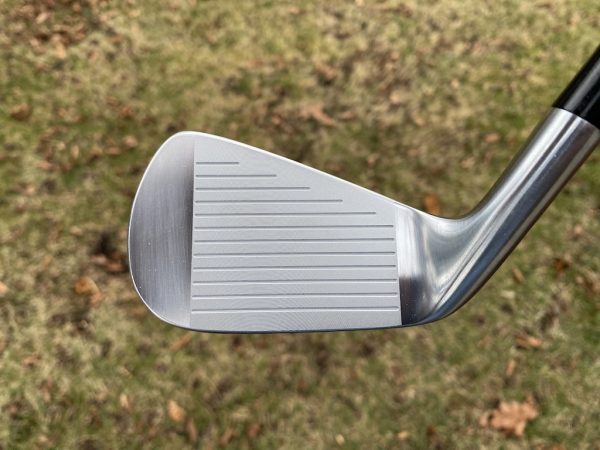
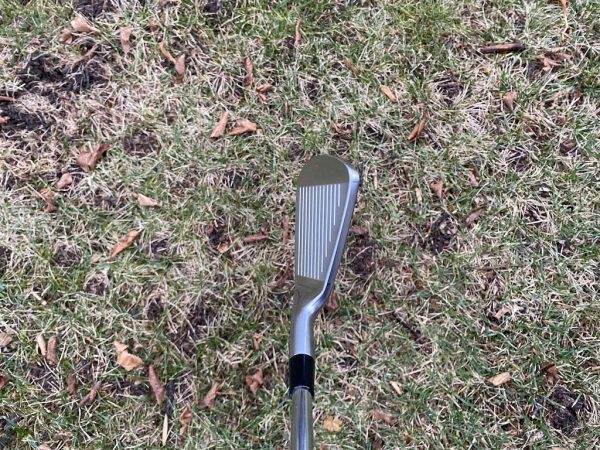
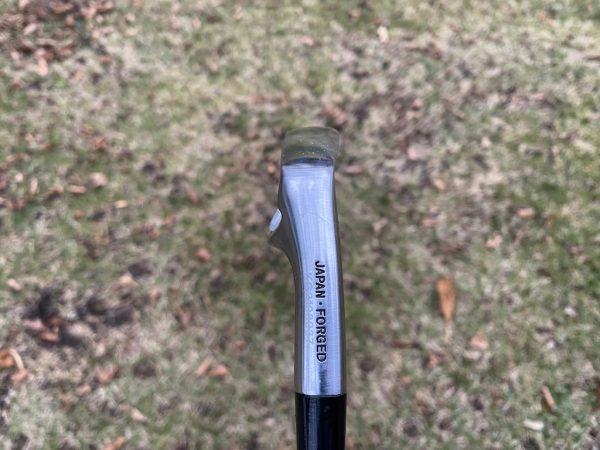
Overall, the Vega line of irons are high performance and great feeling. You can go down the Classic Line for traditional shapes and buttery soft feel or take the Star Line for technology packed irons with added firepower. Either way you go, there is probably a Vega iron that fits your game.
- LIKE18
- LEGIT6
- WOW10
- LOL2
- IDHT0
- FLOP1
- OB1
- SHANK4
-

 19th Hole1 week ago
19th Hole1 week agoDave Portnoy places monstrous outright bet for the 2024 Masters
-

 19th Hole3 weeks ago
19th Hole3 weeks agoThings got heated at the Houston Open between Tony Finau and Alejandro Tosti. Here’s why
-

 19th Hole1 week ago
19th Hole1 week agoTiger Woods arrives at 2024 Masters equipped with a putter that may surprise you
-

 19th Hole2 weeks ago
19th Hole2 weeks agoReport: Tiger Woods has ‘eliminated sex’ in preparation for the 2024 Masters
-

 19th Hole5 days ago
19th Hole5 days agoTwo star names reportedly blanked Jon Rahm all week at the Masters
-

 19th Hole4 days ago
19th Hole4 days agoNeal Shipley presser ends in awkward fashion after reporter claims Tiger handed him note on 8th fairway
-

 19th Hole3 days ago
19th Hole3 days agoReport: LIV Golf identifies latest star name they hope to sign to breakaway tour
-

 19th Hole2 weeks ago
19th Hole2 weeks agoAddiction, spinal fusion, and scam artists – Everything Anthony Kim revealed in candid interview with David Feherty



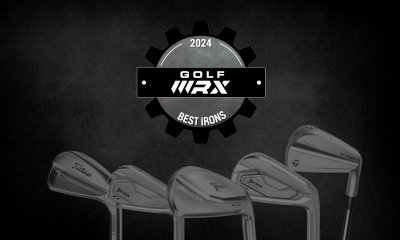



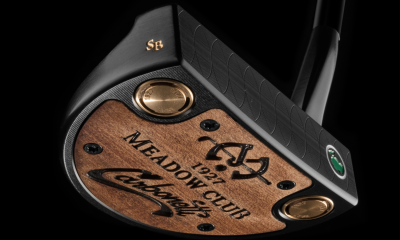

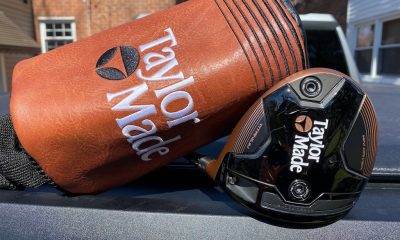

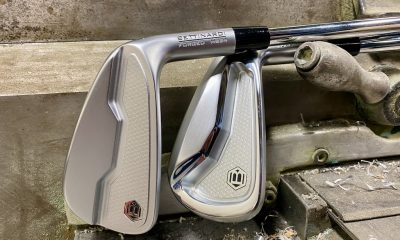

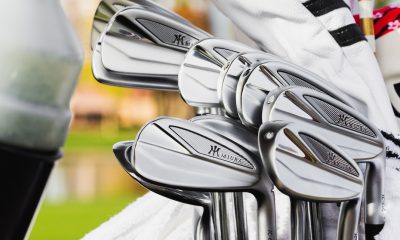













ericsokp
Dec 3, 2022 at 6:37 pm
As others above have mentioned, I have a hard time putting any faith into this “review” when the author continually confuses the previous version (i210) with the current version (i230) … do we not have proof readers anymore?
Tighe Dalsing
Feb 11, 2023 at 2:30 pm
My thoughts exactly. Poor execution.
Ms. Crabapple
Nov 20, 2022 at 4:39 pm
FIRST SENTENCE YOU GET THE NAME WRONG.
Roy
Nov 21, 2022 at 5:23 pm
“Out of the box the i210 looks great.”
TWICE……
Ronnie Mundt
Dec 14, 2022 at 6:54 pm
Typical cut and paste article from a once decent site.
Spartaboy
Nov 19, 2022 at 3:48 pm
The traditional forged blade is dead. How can you get better clubs than the i210? Ping just keeps getting better and better.